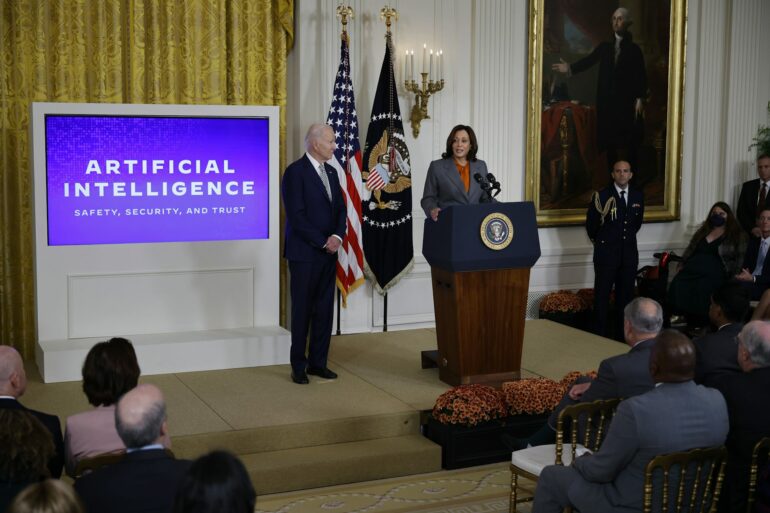The comprehensive, even sweeping, set of guidelines for artificial intelligence that the White House unveiled in an executive order on Oct. 30, 2023, show that the U.S. government is attempting to address the risks posed by AI.
As a researcher of information systems and responsible AI, I believe the executive order represents an important step in building responsible and trustworthy AI.
The order is only a step, however, and it leaves unresolved the issue of comprehensive data privacy legislation. Without such laws, people are at greater risk of AI systems revealing sensitive or confidential information.
Understanding AI risks
Technology is typically evaluated for performance, cost and quality, but often not equity, fairness and transparency. In response, researchers and practitioners of responsible AI have been advocating for:
The National Institute of Standards and Technology (NIST) issued a comprehensive AI risk management framework in January 2023 that aims to address many of these issues. The framework serves as the foundation for much of the Biden administration’s executive order. The executive order also empowers the Department of Commerce, NIST’s home in the federal government, to play a key role in implementing the proposed directives.
Researchers of AI ethics have long cautioned that stronger auditing of AI systems is needed to avoid giving the appearance of scrutiny without genuine accountability. As it stands, a recent study looking at public disclosures from companies found that claims of AI ethics practices outpace actual AI ethics initiatives. The executive order could help by specifying avenues for enforcing accountability.
Another important initiative outlined in the executive order is probing for vulnerabilities of very large-scale general-purpose AI models trained on massive amounts of data, such as the models that power OpenAI’s ChatGPT or DALL-E. The order requires companies that build large AI systems with the potential to affect national security, public health or the economy to perform red teaming and report the results to the government. Red teaming is using manual or automated methods to attempt to force an AI model to produce harmful output – for example, make offensive or dangerous statements like advice on how to sell drugs.
Reporting to the government is important given that a recent study found most of the companies that make these large-scale AI systems lacking when it comes to transparency.
Similarly, the public is at risk of being fooled by AI-generated content. To address this, the executive order directs the Department of Commerce to develop guidance for labeling AI-generated content. Federal agencies will be required to use AI watermarking – technology that marks content as AI-generated to reduce fraud and misinformation – though it’s not required for the private sector.
The executive order also recognizes that AI systems can pose unacceptable risks of harm to civil and…



